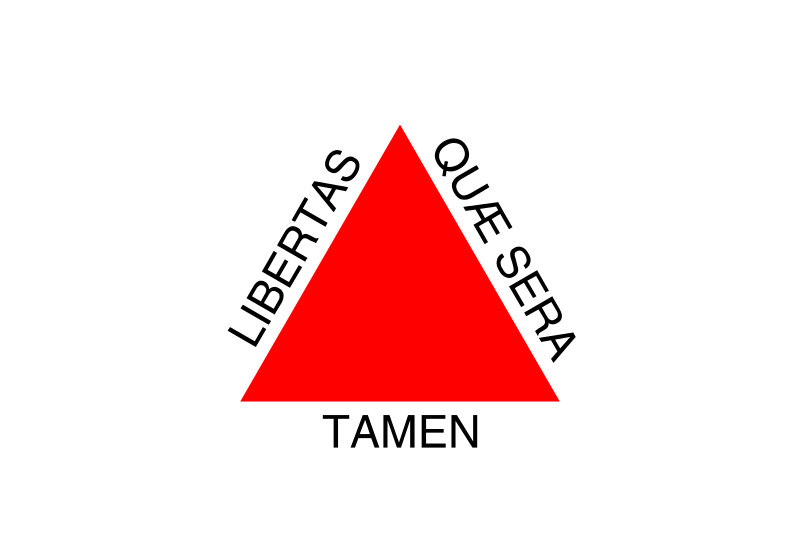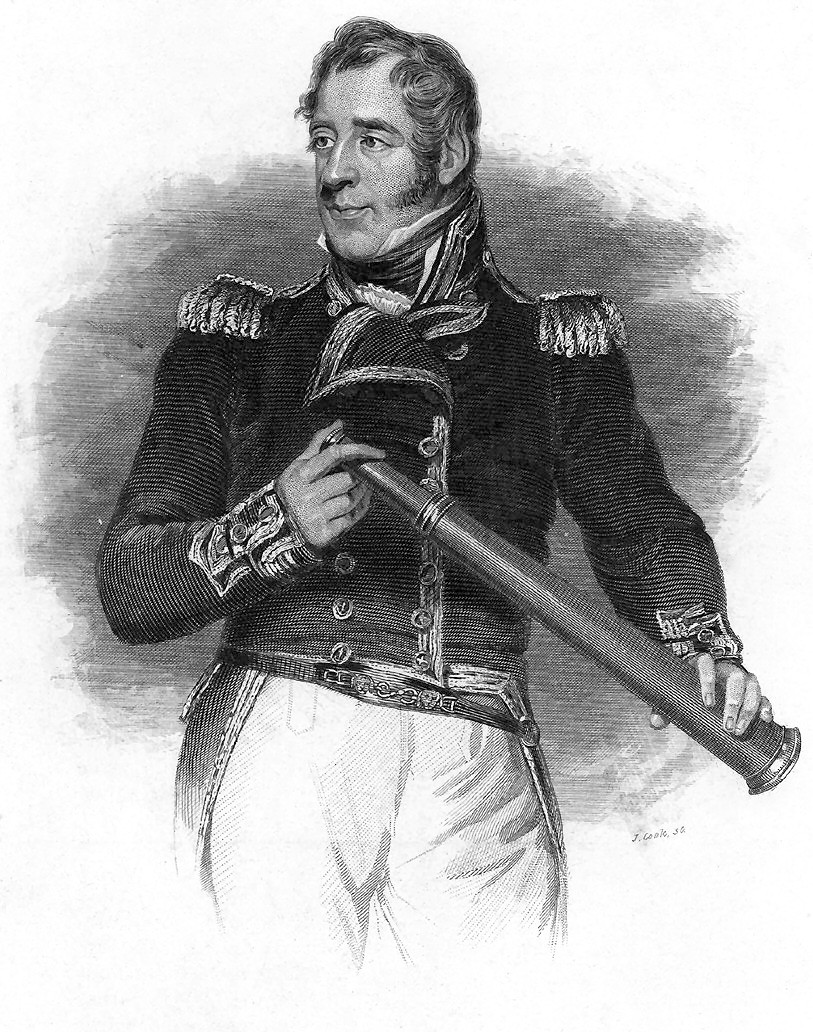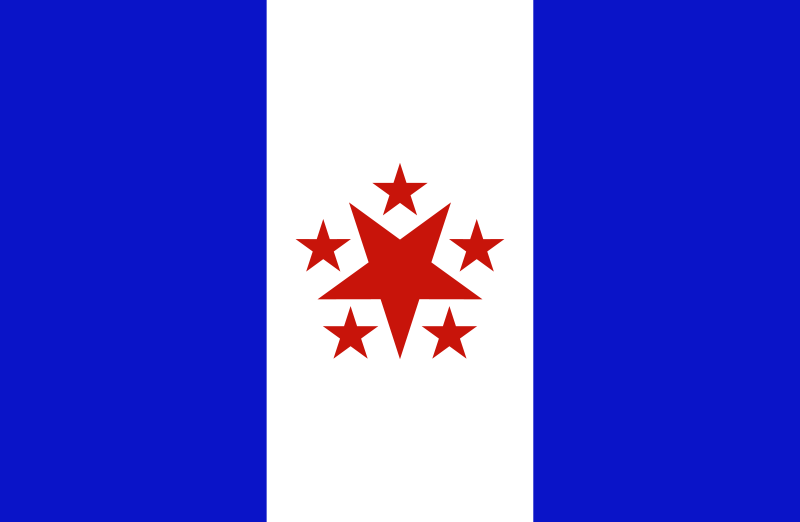A map (still needs cleaning up and elaboration)
Glen
That's a pain. The loyalist/Indian region are totally isolated from the royal navy and reinforcement. Going to make it markedly more difficult to support them.
Steve
A map (still needs cleaning up and elaboration)
I have some suggestions:
For Republic of Brazil, the Incofidência Mineira would be perfect, as (IIRC) that event occurred in your TL too.

It was a very republican and irredentist symbol - Brazil, IOTL, did not adopted it when it became independent because the red triangle on red with the "libertas quae sera tamen" motto was too "revolutionary" against Portugal and the Monarchy that Brazil became. I think that, in the context of your TL, the Armillar Sphere would be a rather "continuist" flag, too connected to the Portuguese symbolism given to Brazil, and would not have a lot of popular support.
The Latin motto in it reads "Libertas quae sera tamen", a verse of Virgil that translates to "Freedom, albeit late".
For Condeferation of the Equator, I tried something inspired in both the red-white-black of the abolitionists and the cross used in the OTL flag of the Confederation.

The seven stars are for the seven provinces that form it (Sergipe, Pernambuco, Rio Grande do Norte, Paraiba, Alagoas, Ceará and Piaui), as it is a Confederation.
For Bahia, I used the dove from the flag of Salvador and the traditional colour of Bahia (red, blue and white).

It's not very revolutionary, but clearly shows their republican and "fraternal"/"equalitary"(in the french revolutionary meanings) of the republic. Besides, most of the black political revolts, in this period, were inspired by Haiti(is there an Haiti in your TL?), so the red-blue colour scheme could have another inspiration too.
I did also a version with black rather than blue, just to show another option.


Good map, but I doubt that the USA has any presence so far North at this point. IOTL, they had to get to Alaska by ship for the longest time--I think even up to WWII.
Glen
Sounds like Texas could face a serious problem of over-stretch. How are they managing to provide much in the way of funds/arms to the Mexican conservatives with already being in a major war with Britain?
Steve
I've seen some Colonial era Maps showing SCarolina having a thin Strip West to the Mississippi. ?What Happened Here?
I'd assume sold to Georgia like OTL for simple convenience.
Glen, keep the TL up. It's fantastic.
May I ask if Quebec's demographics are different being part of a greater Anglophone state in TTL?
<attached image of naval battle>
Thank you for the feedback!
@ Republic of Brazil: I can't disagree that the Armillary Sphere is a more appealing symbol, but the Minas Gerais' motto is hard to win over, lol.
About its "revolutionarity", it's as "revolutionary" as a tricolour, but more "national" - if the idea is rather continuist and the Armillary Sphere gets more popular ITTL, though, I could see it working.
(oh, and yesterday was Tiradentes' day, the "martyr" of Minas Conspiracy!)
@Confederation of the Equator: The actual flag of the Confederation of the Equator, as seem here:

I think, though, that a thin stripe across the flag would be interesting too, to symbolize the "equator" part.
The provinces are the actual states/provinces that formed the OTL(and TTL) Confederation plus Piaui, which seems to be inside it ITTL. As it's a confederation, it seems to me that the representation of the constituent states would be fair.
@Bahia: I used the flag of Bahia's capital, Salvador city, as a base. The white dove is a nice symbol of liberty, equality and syncretism, which was very widespread among the african-brazilians in their mix of Catholicism and traditional religions. I agree that a "broken chains" symbol would be more obvious, but to show (the wish for) peace rather than (the regret of past) violence seems nicer to me.
There's also the actual Tailors Revolt flag, that happened in Bahia and had a very strong popular base:

It was republican, very, very anti-slavery and even against any kind of prejudice or segregation. "Equality" was their biggest political flag, attracting a lot of popular support. It was lead, though, by the intellectual elite of Bahia (masonic, of course, as every single Brazilian(and, in general, american) intellectual elite of those times), so I don't know if it's sufficiently related.
I agree about the cross - it's why I did a variant in my suggestions for Glen. But as they based their flag on the contemporary Imperial Brazilian flag I went with them doing the same with the ATL Republican one.
For an alternative to the Armillary but still in contemporary Brazilian colours (Gold and Blue) how about a Sun&Triangle flag for the Republic instead? with or without stripes:

Read it all in one bit. Although know I'll have to wait for updates.....I didn't take notice, but do you have a schedule for updating?
Glen
That's a pain. The loyalist/Indian region are totally isolated from the royal navy and reinforcement. Going to make it markedly more difficult to support them.
Steve
Hmmm, you may be right about the Armillary being too monarchial.
What about combining the Sun of May with the triangle?:
However, in the heat of the battle, a bullet shattered Jackson's skull, striking him dead.
Question (if you don't mind)- What exactly is the culture like in the DSA? Is it much like the South in OTL?
Also- Do any United States people harbor ideas of getting officially involved in the Slaver Revolt?
